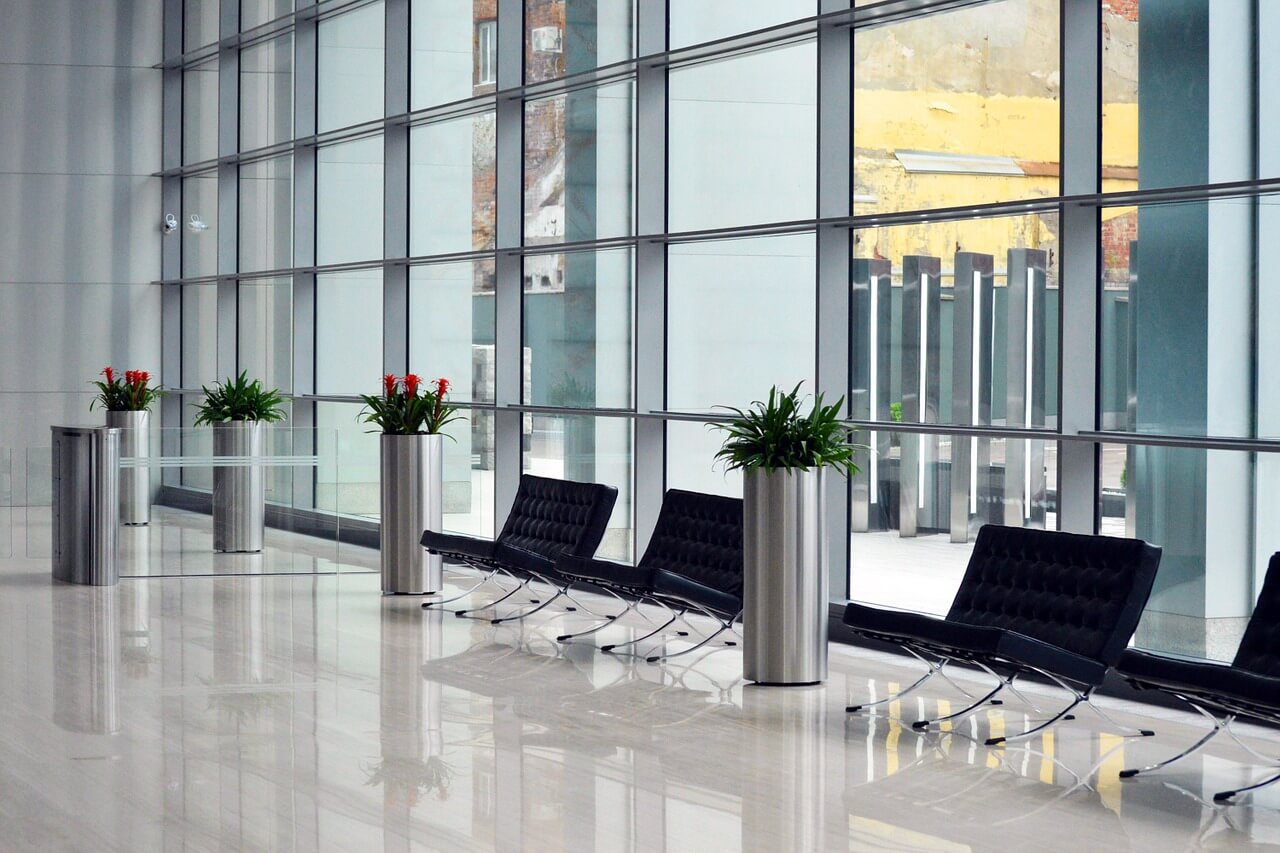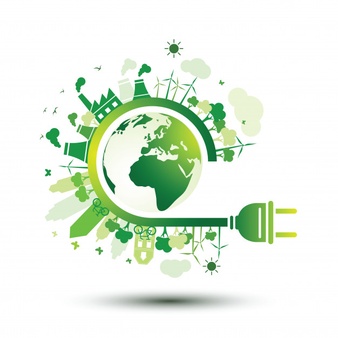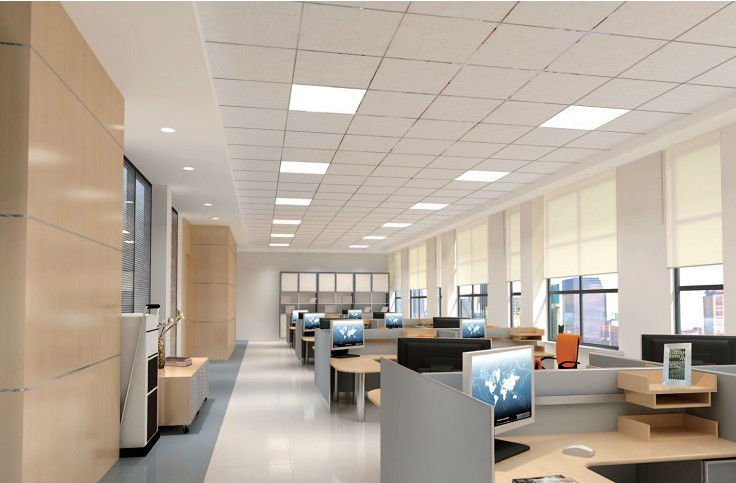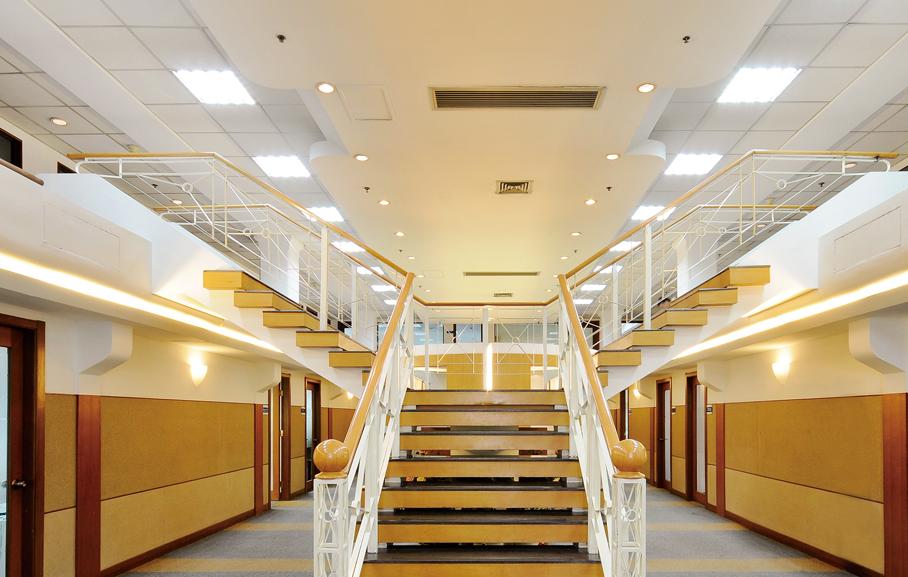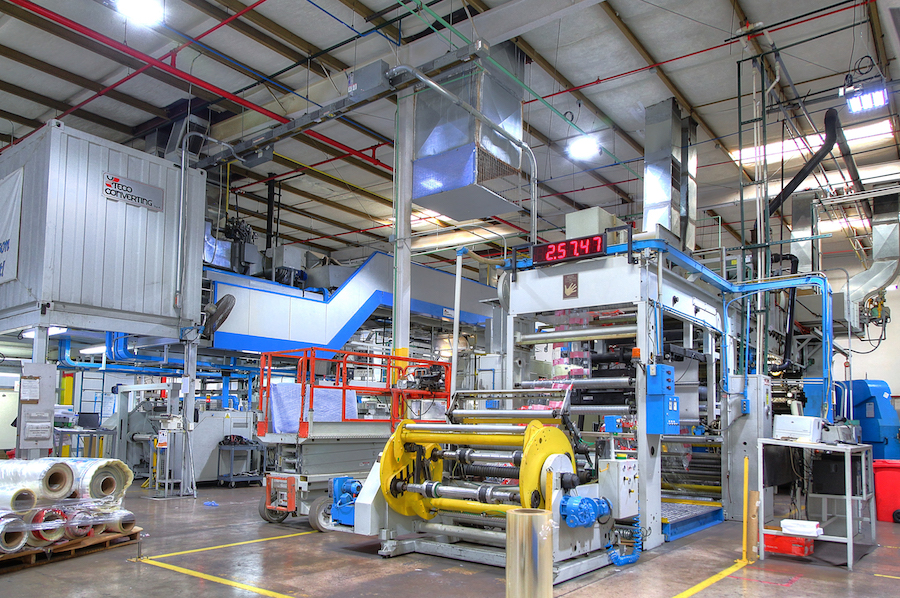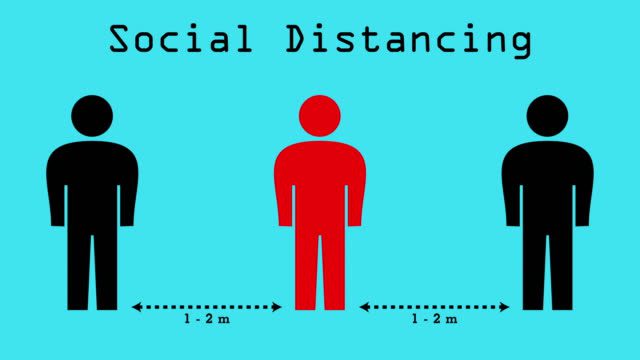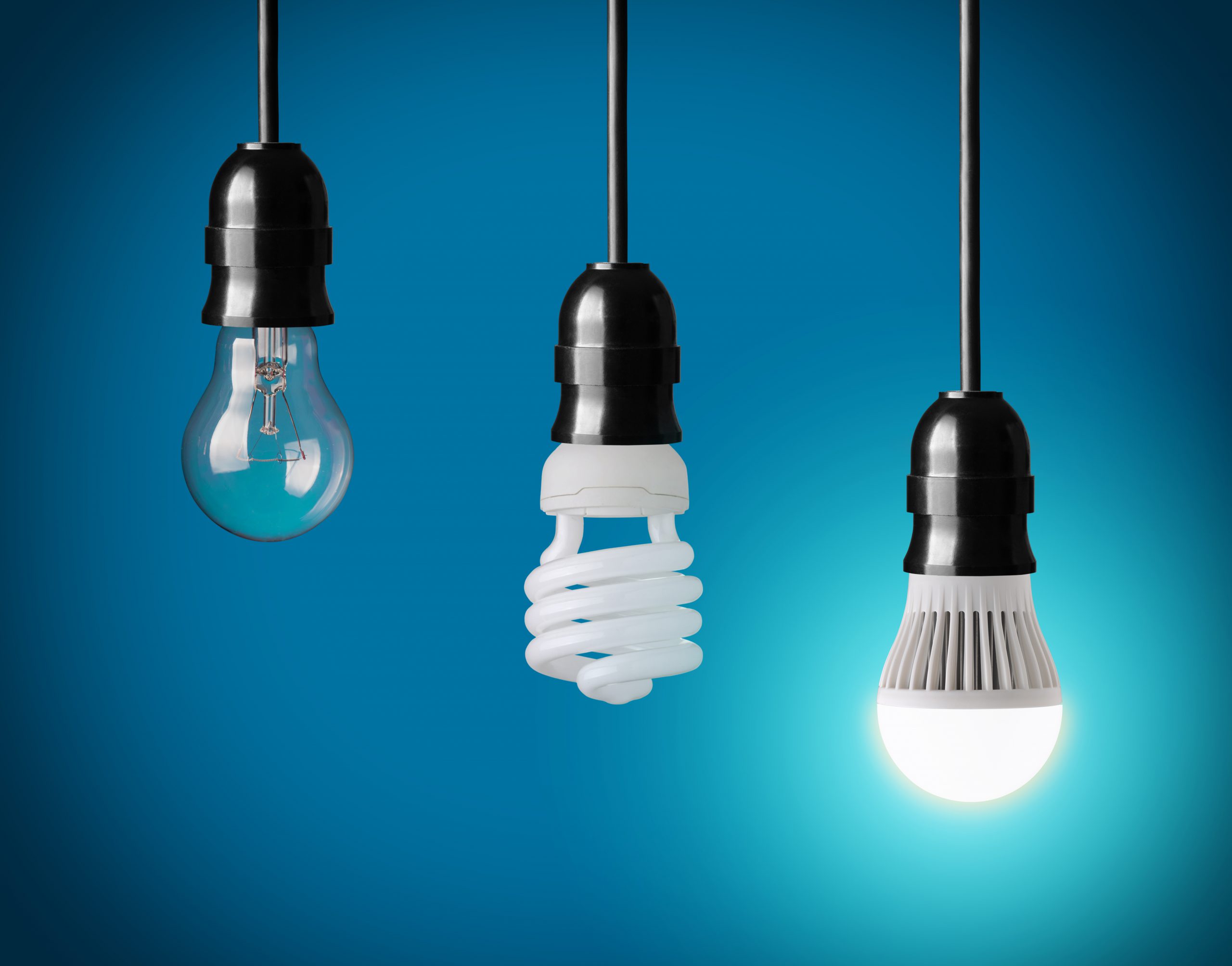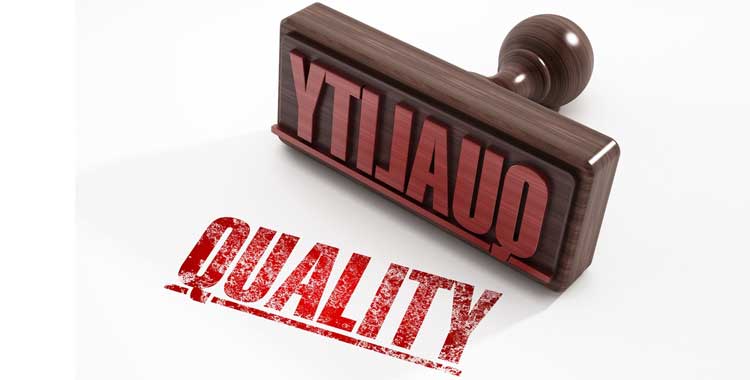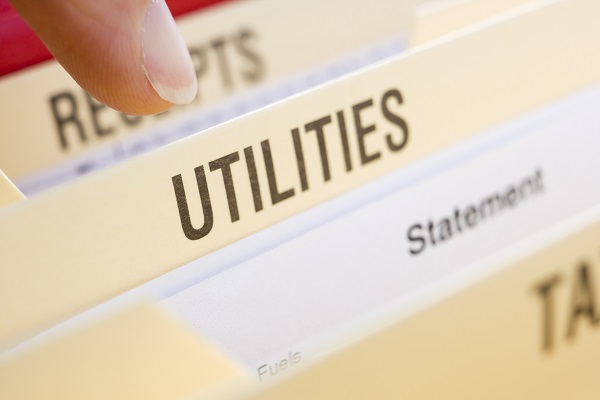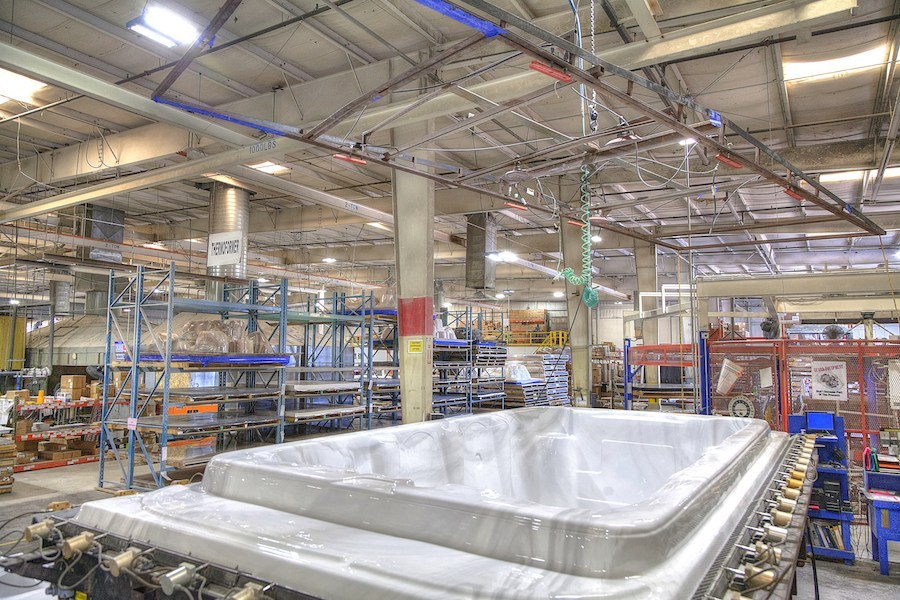Updated lighting systems have become integral in making energy-efficient improvements to commercial buildings. In fact, research conducted by the US Small Business Administration showed that using light fixtures that are energy efficient is and should always be the first step in saving energy.
Here are a few reasons why you should consider upgrading your office or business’ lighting.
Energy saving
Retrofitting outdated lighting systems can help save on energy by reducing the lighting costs and energy consumption. Considering that lighting in commercial buildings accounts for up to 38 percent of energy output, upgrading your lighting can see you lower your electricity bills significantly while maintaining quality lighting.
What is more, upgraded lighting allows employees to control the lighting of their workspace, which further helps to save energy. In the end, you get to reduce the consumption of energy and other related costs.
Improved lighting quality
The quality of lighting for your office is paramount since it affects productivity and employee satisfaction. Upgraded lighting systems are designed to solve common lighting issues such as flickering and dimness. Moreover, they enhance reliability while providing better lighting options like improved color, less glare, and better lighting output.
Employee productivity and safety
An office that is either too bright or too dim will no doubt affect the morale and productivity of employees. In any case, people depend on lighting to work on their computers, operate machinery, and so forth. Therefore, if the quality of lighting is poor, it can be difficult for an individual to focus on a task, which can affect their productivity.
More importantly, workers do not have to risk their safety by walking on dimly lit walkways since the lighting is sufficient.
LEED green building certification
The US Green Building Council provides verification that a building attains the threshold in energy savings, water efficiency, environmental quality, and other metrics that aim at improving performance. This means that by upgrading your lighting systems, you stand to gain international recognition, which can work to market your business or services.
From the points mentioned above, it is clear that updating your lighting systems fully works to your benefit. Invest in your lighting today and see the difference.
At Relumination, we strive to help your business reduce energy costs, lower electricity expenses, and enjoy quality lighting by offering lighting system solutions and products. Contact us for more information on any lighting-related issues.

